
Kirsty Vance is associate director of interior design at experience design agency I-AM. Her role sees her working across hospitality, food and drink and retail banking on projects with brands including Hedinn Bar & Kitchen in Iceland, KFC and Sides Restaurant.
I caught up with her recently to find out why there is no such thing as a typical day in her role, how she overcomes the demon that is imposter syndrome and why elements such as sound play an important role in a brand experience.
For more in this series, see all our Day in the life interviews.
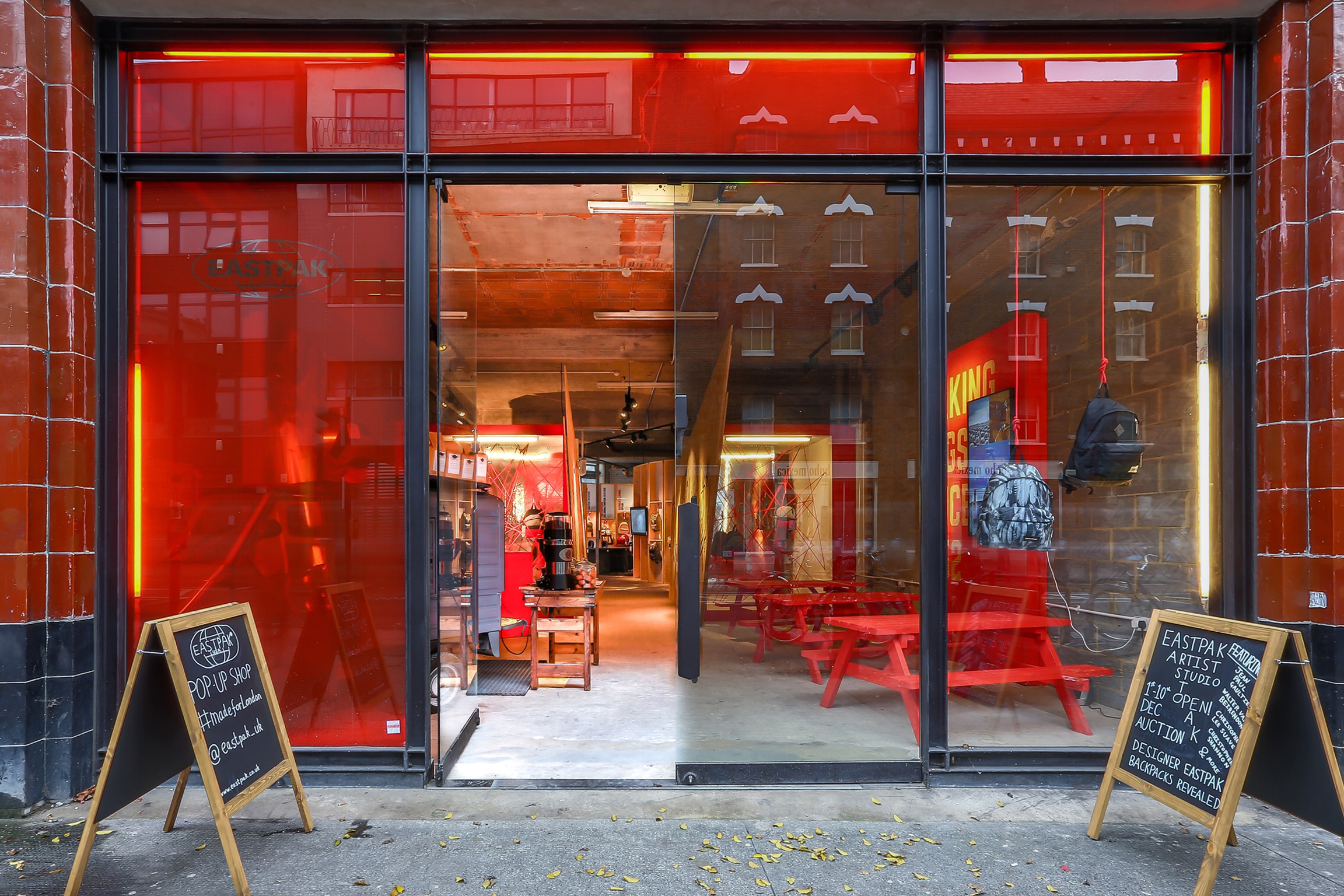
Tell me about a typical day in your role
A typical day? That’s almost impossible to answer. For starters, hybrid working means I’m either beginning the day at home or running to catch the train to the I-AM studio. Each has a very different energy, but I appreciate the change of pace.
Generally, working from home is a good time to get my head down and focus; maybe it’s preparing material for a workshop, building a 3D model for concept visuals or getting my head around technical details for a drawing pack. Occasionally, it might be one of those unfortunate days where you find yourself on back-to-back Zoom calls and haven’t made the slightest dent in your to-do list.
The I-AM studio is slap-bang in the heart of Shoreditch, and I always find it funny when I’m being carried on the wave of creatives that descend the steps out of Shoreditch High Street station, psyching ourselves up for the day's challenges. Studio days are the perfect time for project team catch-ups, you’ll often see a gaggle of designers, directors and account managers drifting from desk to desk as teams review work, discuss ideas and, almost certainly, create something outstanding together.
The wonderful thing about being a designer at I-AM is we work across the entire design process, which in itself brings incredible variety to every day depending on what stage you’re at with a project. I have three projects on the go right now. One is at site supervision stage which means I’m keeping a close eye on emails, making sure clients, contractors and suppliers are aligned. The second, visualising a concept for a well-loved high street restaurant has me deep in the intricacies of 3D modelling to bring to life the collective ideas of the project team. And finally, a super-fun project that taps into creator culture, bringing it to life in a distinctive hotel experience. Our digital team is diligently working on animating visuals to seamlessly merge the realms of the physical and digital aspects of the brand.
I've come to realise – there's simply no such thing as a typical day. It’s what gets me up in the morning.
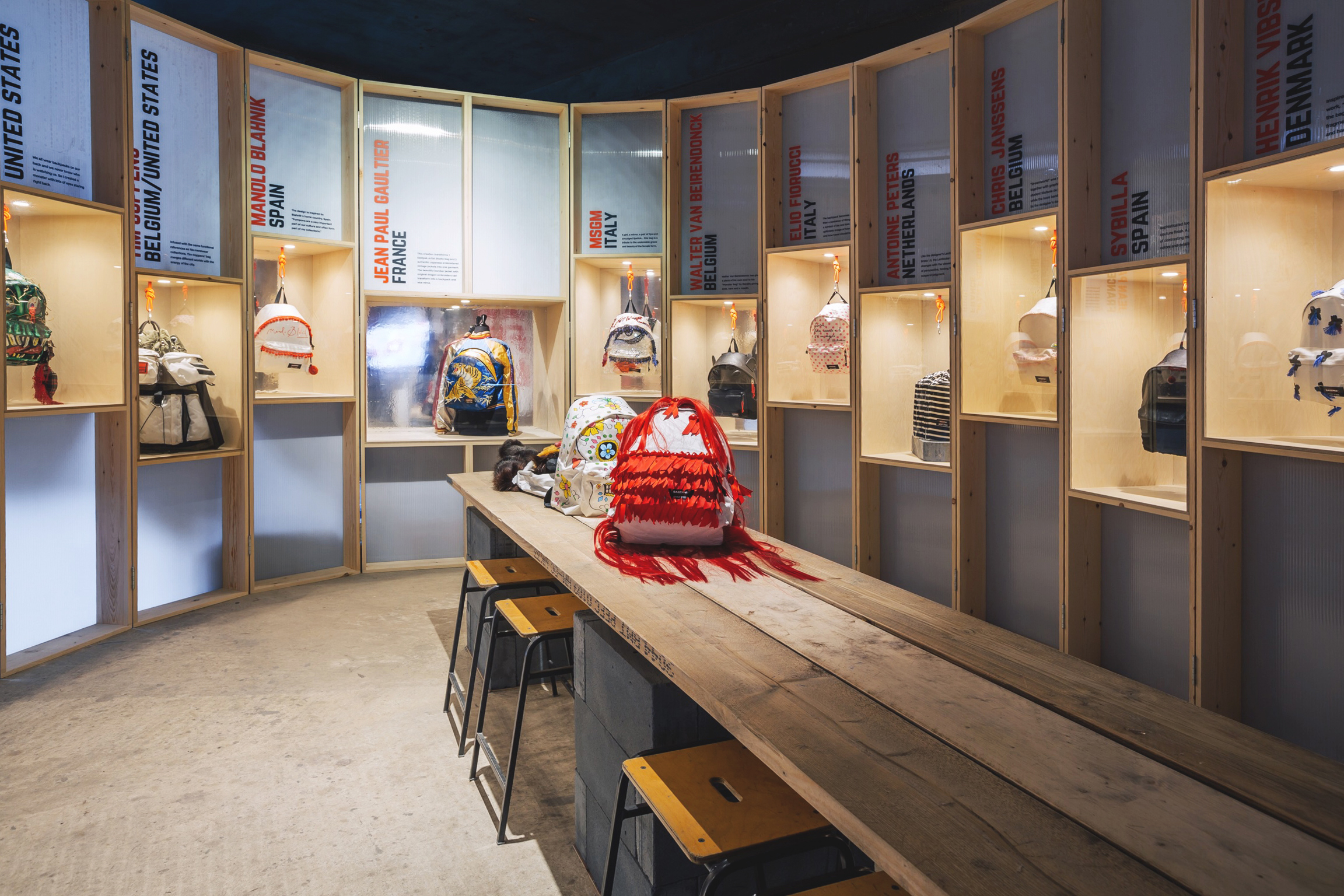
Which project are you most proud of and why?
This is like asking me to choose my favourite child, which I imagine would be difficult. But if I really have to, it would be a toss-up. The hotel project I mentioned has been a fascinating journey into creator culture, and translating this into a physical hospitality experience. We were given an incredible brief which meant we could really stretch our creative thinking beyond the ordinary realms of 'what’s possible' and build something that is fun at its’ core. 'Parody' is one of our driving themes; it’s given us so much joy to build humour into a physical experience. It’s top secret though, and I’ve already said too much!
The second would be the Hedinn Bar & Kitchen for our wonderful clients Center Hotels in Iceland. The concept was in direct response to the site; a disused steel factory in Reykjavik, which used to build the engines for the ships in the nearby marina. I still remember the first time I set foot on site, a cavernous concrete chamber with no windows, but rain and snow still finding its way inside.
We conceived the idea of opposites and extremes, specifically man versus nature, drawing inspiration from archive footage of the engineering and craft that once happened within those four walls against the incredible beauty of Iceland’s natural landscape. When the windows were installed, they revealed views of the Akrafall & Esja mountains, of course all volcanic land. This led to the injection of organic forms, seemingly pushing through the concrete floor to become the bar and open grill areas. This was reflected above as radiating chainmail drapes and flows across the ceiling.
The design seemed to come naturally, and resulted in a genuinely breath-taking dining experience. Finally, after the tumultuous disruption of the global pandemic, I had the chance to visit last year. The sheer joy of setting foot in that beautiful space, having been kept at arm's length for so long, was such a special moment.
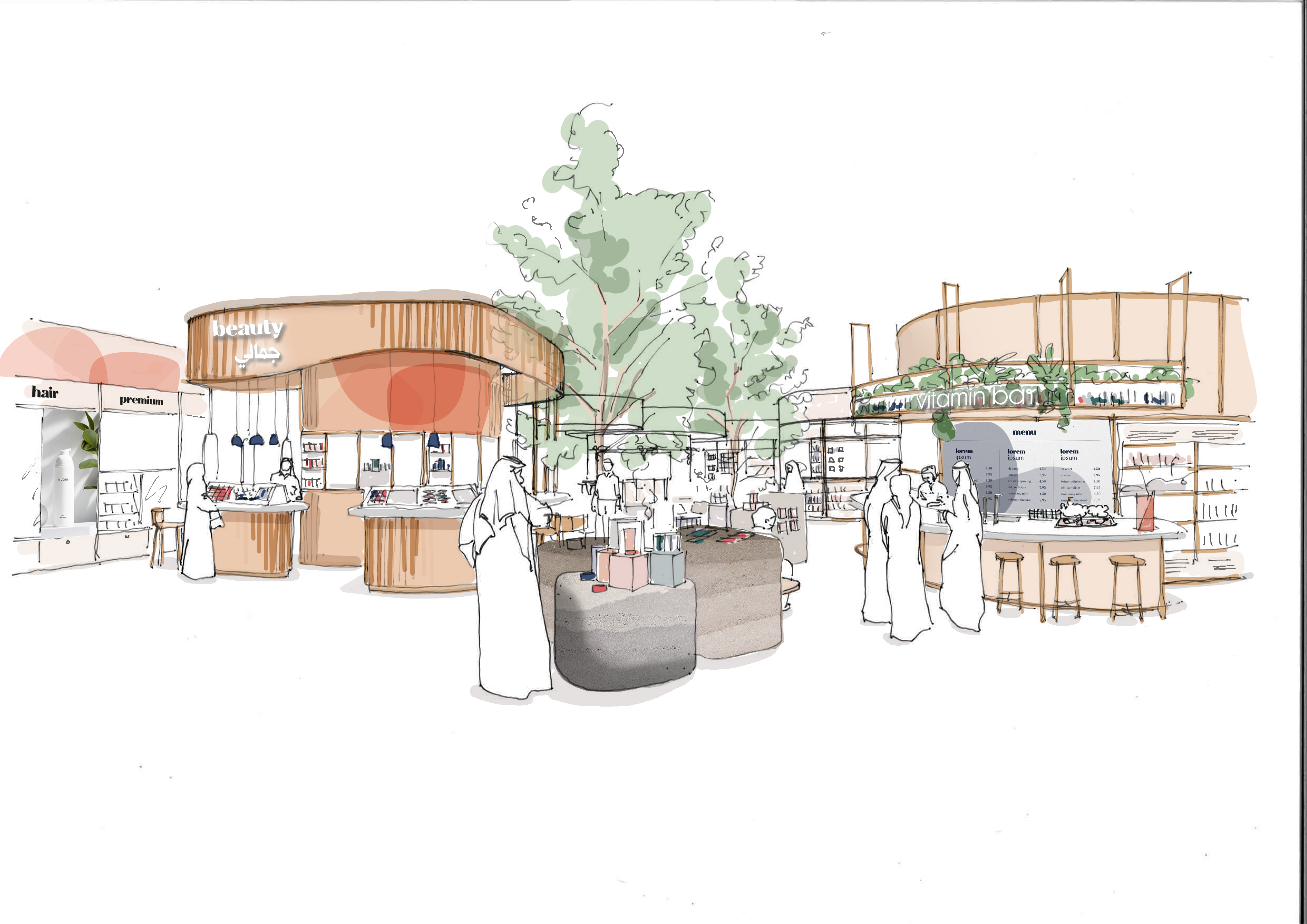
Tell me about a tricky work-related challenge and how you approached it
Honestly, imposter syndrome.
The amount of times my subconscious has said to me, 'why on earth does this client want to hear your airy fairy ideas?' I know so many others struggle with this same thought. However, what I have learned is that if I truly believe in the work this brings a reassuring sense of confidence, and confidence does not equal arrogance. Passion will always come across in your work, and clients can see that. And what could be more valuable to a client than knowing their agency is approaching their project with a surge of expert energy?
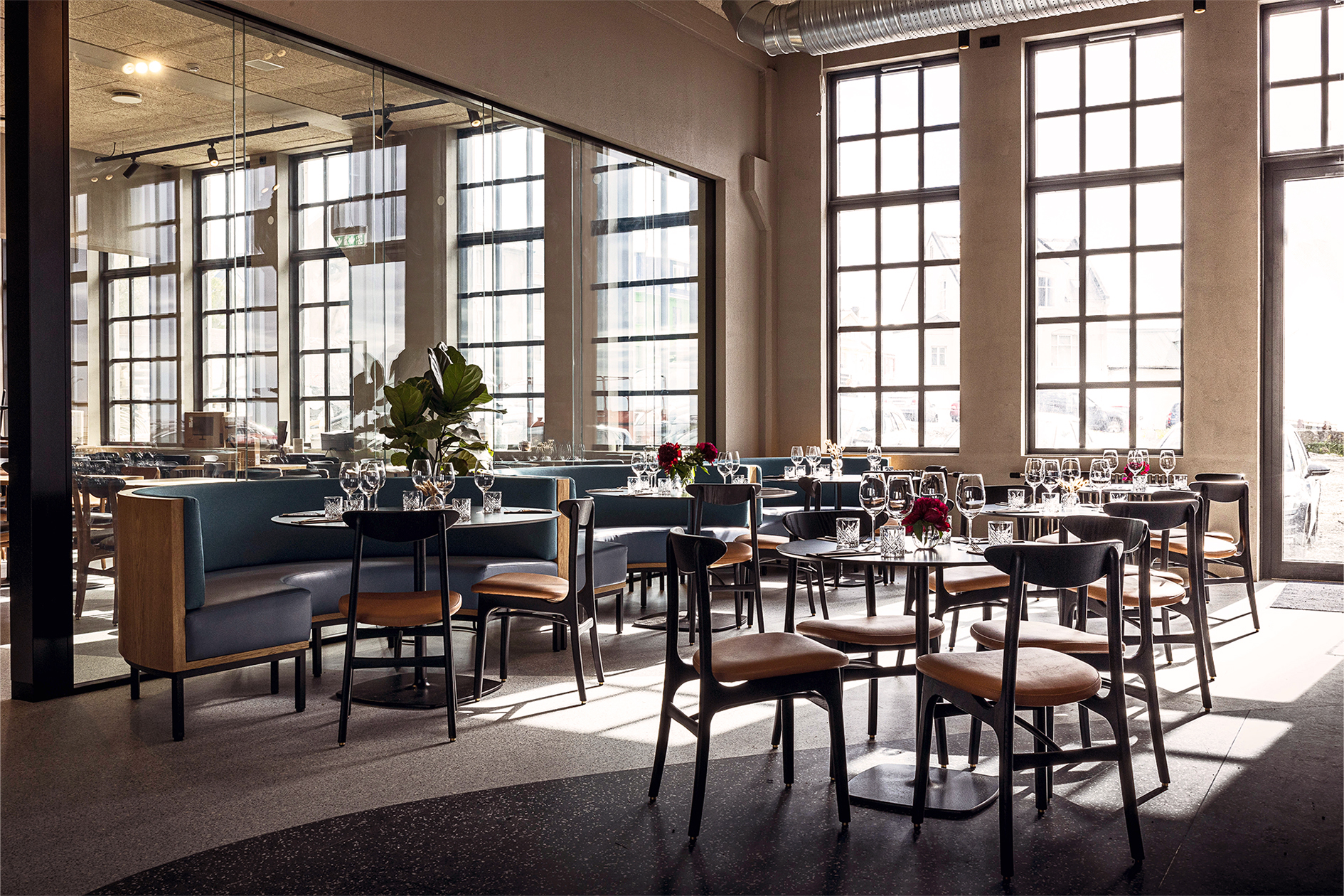
What was your early career like?
It was a bit of an eye-opener. I’d come from a pure interior design course at university and went into a multidisciplinary studio so was working alongside graphic designers for the first time. It was a fascinating insight into creating brand worlds that seems second nature to me now.

What makes a space feel on-brand? And is it possible to ‘over-brand’ a space?
It’s all about matching the energy of a brand, and where you want to take your customers while they’re in your space. There’s a delicate balance at play when creating a branded experience, subtlety is often more powerful than bombarding customers with branded messaging.
For instance, how do the materials feel, what sound does the floor make when you walk over it, when and how do you interact with other people in the space, is it bright or dark? These more intimate interactions imprint to trigger an emotional response, and therefore tell a more memorable story.
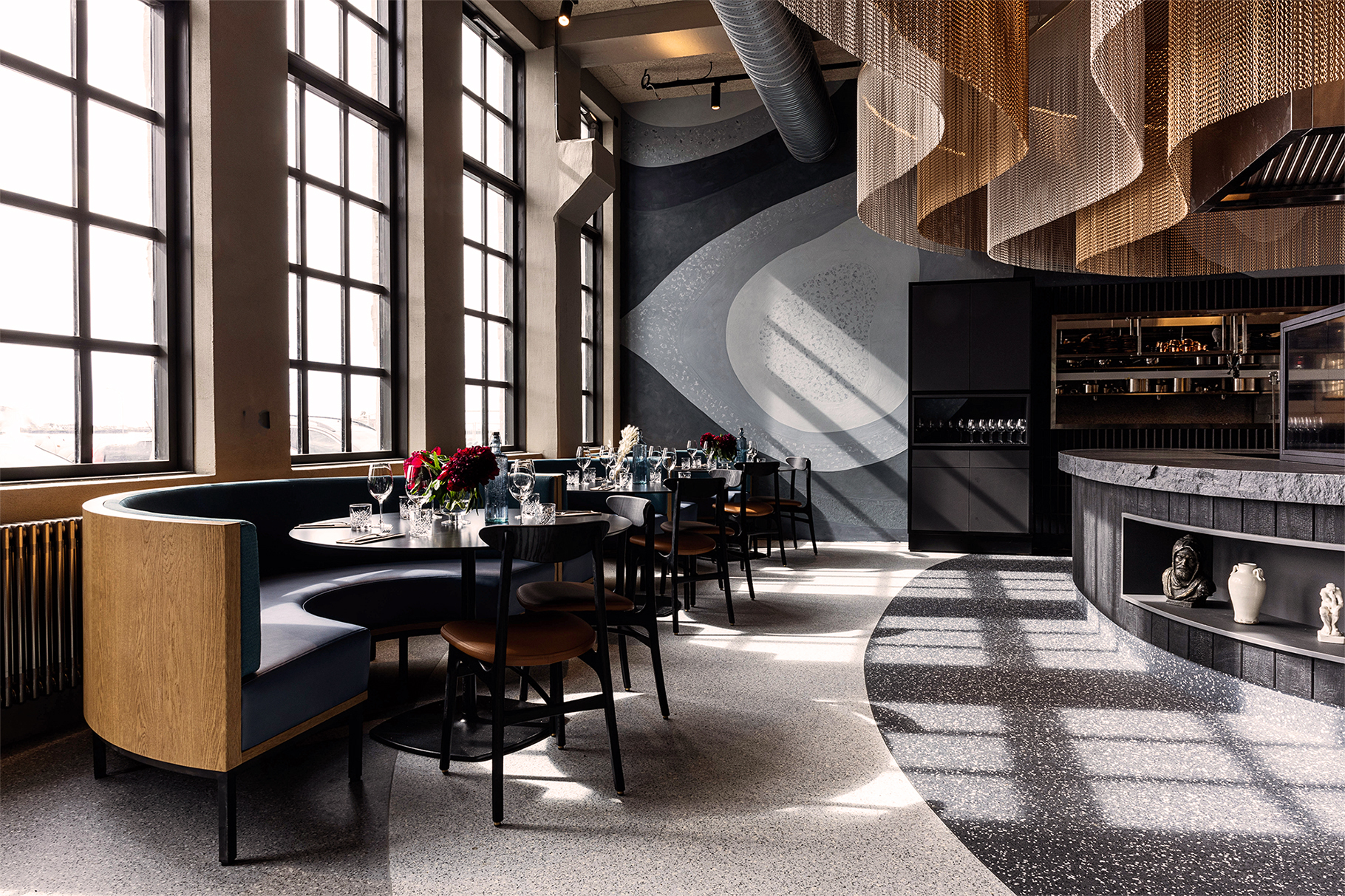
Why are customer journeys important and what makes a good/bad customer journey?
The quality of a customer experience is ultimately determined by its weakest link. By deconstructing the journey into stages, we can identify potential pitfalls and uncover opportunities for enhancement. This doesn’t always mean designing for efficiency- moments of friction can also leave a positive impression. You must also consider where the experience sits within the overall ecosystem of the brand, which more often means aligning with a digital journey- is there a synchronicity?
We always test these journeys against customer missions, going through step-by-step to ensure we are not only fulfilling those missions, but where possible enhancing them.

What tools do you use in your work?
At I-AM, we have a suite of in-house tools integral to our preliminary project stages. Our Customer Journey workshop is where we explore ideas for each stage of the journey. It’s a methodical exploration of ideas spanning each stage of the journey. This entails a meticulous examination of existing customer experiences or the strategic creation of bespoke solutions.
On the brand and storytelling side, our Brand Key workshop allows us to help define the positioning and expression of a brand, and ensures we’re aligned with the client on the vision. We also explore Brand Archetypes, applying human characteristics to a brand immediately shaping both tone of voice and behaviour of the brand.
Crucially, our methodology prioritises an in-depth understanding of users through the creation of detailed customer profiles. This deep understanding of customer needs, wants, attitudes, and aspirations stands as the foundations to designing truly 'People Inspired Experiences'. This strategic framework ensures we deliver impactful solutions aligned with the core essence of our clients and their audiences.

What do you do when you get stuck for ideas?
I scour the internet, and not necessarily for visual inspiration. Some of the best ideas can come from articles, stories and historic references. I’ve found myself down some weird rabbit holes reading about ancient folklore searching for inspiration, and most of the time it works!
What's your dream project?
This is a tough one, there’s so many experiences out there that are ripe for an overhaul. (GP surgeries spring to mind.) As a company we discussed getting involved in more community-based projects. It’s something we explored in our 2022 Life-Led trends report around the themes of Communitas and Symbiosis. It posed a critical question: How can we create more spaces that truly matter to people, spaces that are relevant and meaningful for the community, and that have a genuinely positive effect on collective wellbeing. This is definitely something I’d love to explore more.

What career advice would you give your younger self?
Keep asking questions and sharing ideas- discussions lead to some pretty interesting places!
Find out more about I-AM.







